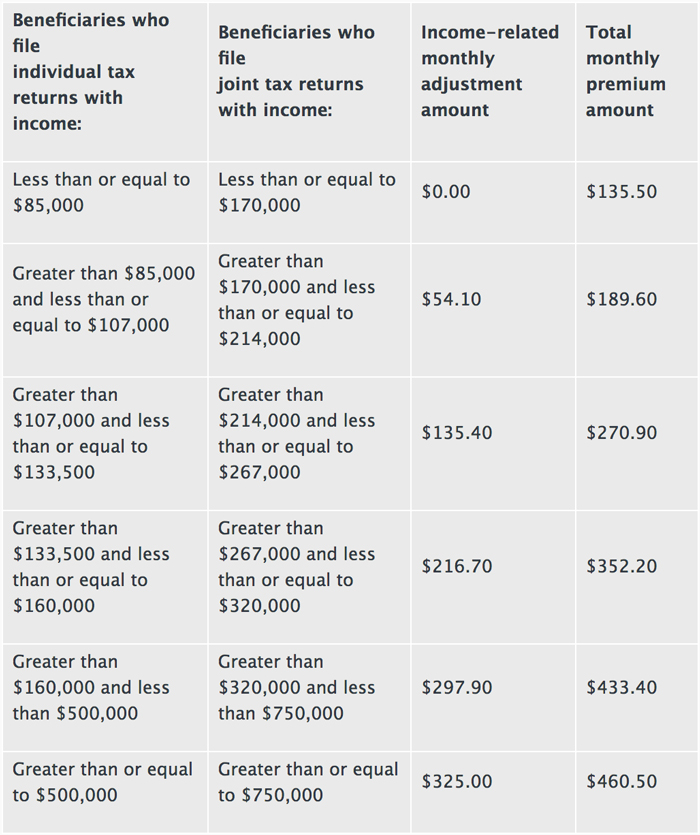Congratulations Class of 2019! This is an exciting time for recent college graduates as they begin the next phase in their lives. Some may take their first job or start along their career path, while others may continue their education. Taking this leap into the “real world” also means handling personal finances, a skill not taught often enough in school. Fortunately, by developing good financial habits early and avoiding costly mistakes, new graduates can make time an ally as they set up a solid financial future.
Here are five financial strategies to help get your post-college life on the right path:
1. Have a Spending Plan
The idea of budgeting may not sound like a lot of fun, but it doesn’t have to be a chore that keeps you from enjoying your hard-earned paycheck. Planning a monthly budget helps you control the money coming in and going out. It allows you to prioritize how you spend and save for goals like buying a home, setting up a future college fund for children, and funding your retirement.
Everyone’s budget may be a little different, but two spending categories often consume a large portion of income (especially for younger people early in their careers): housing costs and car expenses. For someone who owns a home, housing costs would include not only a mortgage payment, but also expenses like property taxes and insurance. Someone renting would have the rental cost and any rental insurance.
Consider these general guidelines:
A common rule of thumb is that your housing costs should not exceed about 30% of your gross income. In reality, this percentage could be a bit high if you have student loans, or if you want more discretionary income to save and for other spending. Housing costs closer to 20% is ideal.
A car payment and other consumer debt, like a credit card payment, can quickly eat into a monthly budget. While you may have unique spending and saving goals, a good guideline is to keep your total housing costs and consumer debt payments all within about 35% of your gross income.
2. Stash Some Cash for Emergencies
We all know that unexpected events may add unplanned expenses or changes to your budget. For example, an expensive car or home repair, a medical bill, or even a temporary loss of income can cause major financial setbacks.
Start setting aside a regular cash reserve or “rainy day” fund for emergencies or even future opportunities. Consider building up to six months’ worth of your most essential expenses. This may seem daunting at first, but make a plan to save this over time (even a few years). Set goals and milestones along the way, such as saving the first $1,000, then one months’ expenses, three months’ expenses, and so on, until you reach your ultimate goal.
3. Build Your Credit and Control Debt
Establishing a good credit history helps you qualify for mortgages and car loans at the favorable interest rates and gets you lower rates on insurance premiums, utilities, or small business loans. Paying your bills on time and limiting the amount of your outstanding debt will go a long way toward building your credit rating. What goes into your credit score? Click here.
If you have student loans, plan to pay them down right away. Automated reminders and systematic payments can help keep you organized. To learn how student loans affect your credit score, click here.
Use your credit card like a debit card, spending only what you could pay for in cash. Then each month, pay off the accumulated balance.
Some credit cards do have great rewards programs, but don’t be tempted to open too many accounts and start filling up those balances. You can easily get overextended and damage your credit.
4. Save Early for the Long Term
Saving for goals like retirement might not seem like a top priority, especially when that could be 30 or 40 years away. Maybe you think you’ll invest for retirement once you pay off your loans, save some cash, or deal with other, more immediate needs. Well, reconsider waiting to start.
In fact, time is your BIG advantage. As an example, let’s say you could put $200 per month in a retirement account, like an employer 401(k), starting at age 25. Assuming a 7% annual return, by age 60 (35 years of saving), you would have just over $360,000. Now, say you waited until age 35 to begin saving. To reach that same $360,000 with 25 years of saving, you would need to more than double your monthly contribution to $445. Starting with even a small amount of savings while tackling other goals can really pay off.
Does your employer offer a company match on your retirement plan? Even better! A typical matching program may offer something like 50 cents for each $1 that you contribute, up to a maximum percentage of your salary (e.g. 6%). So if you contribute up to that 6%, your employer would add an extra 3% of your salary to the plan. This is like getting an immediate 50% return on your contribution. The earlier you can contribute, the more time these matching funds have to compound.
5. Get a Little More Educated (about money and finances)
Ok, don’t worry. Forming good financial habits doesn’t require an advanced degree or expertise in all money matters. To build your overall knowledge and confidence, spend a little time each week, even just an hour, on an area of your finances and learn about a different topic.
Start with a book or two on general personal finance topics. You can find reference books on specific topics, from mortgages and debt to investments and estate planning. Information offered through news media or internet searches also can provide resources. And you can even find a blog not too far away (Money Centered Blog).


















